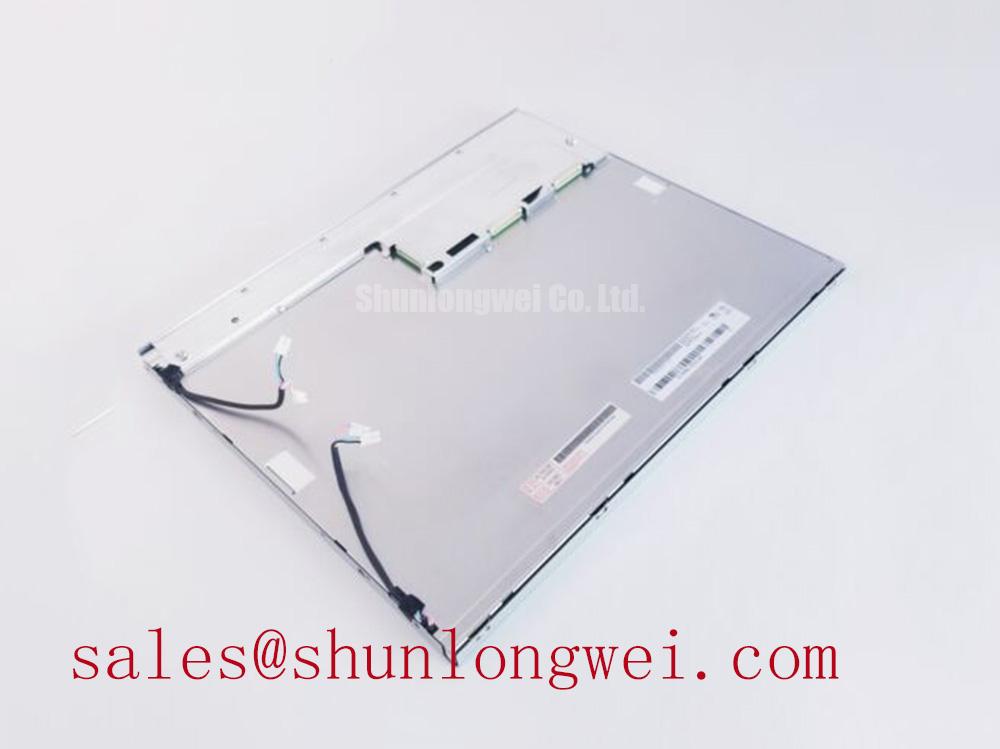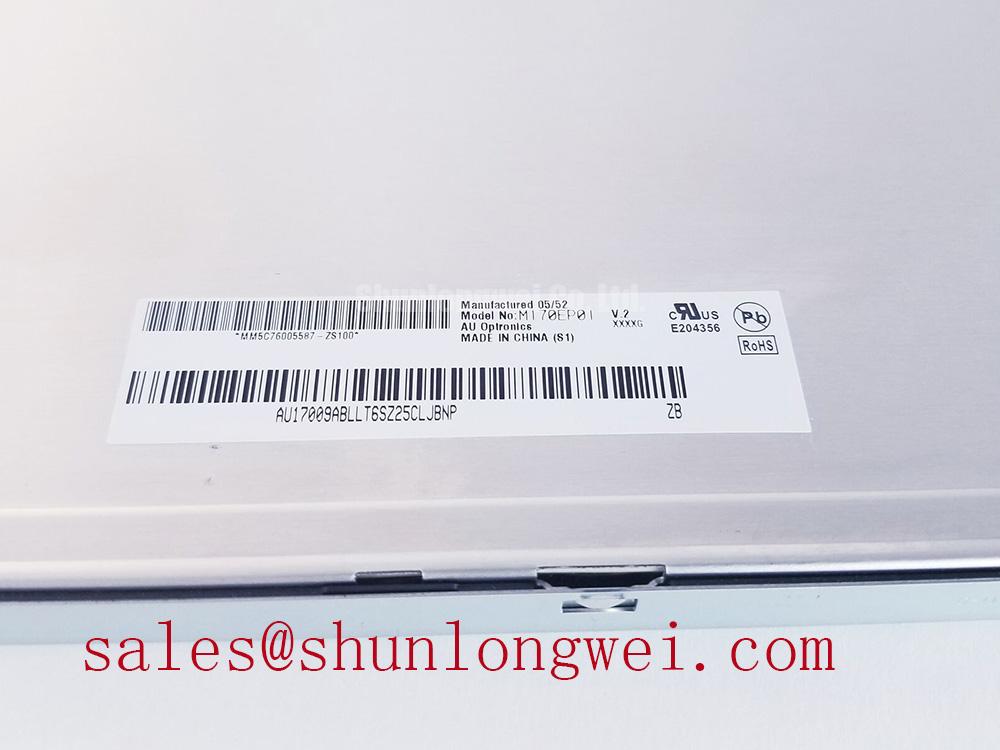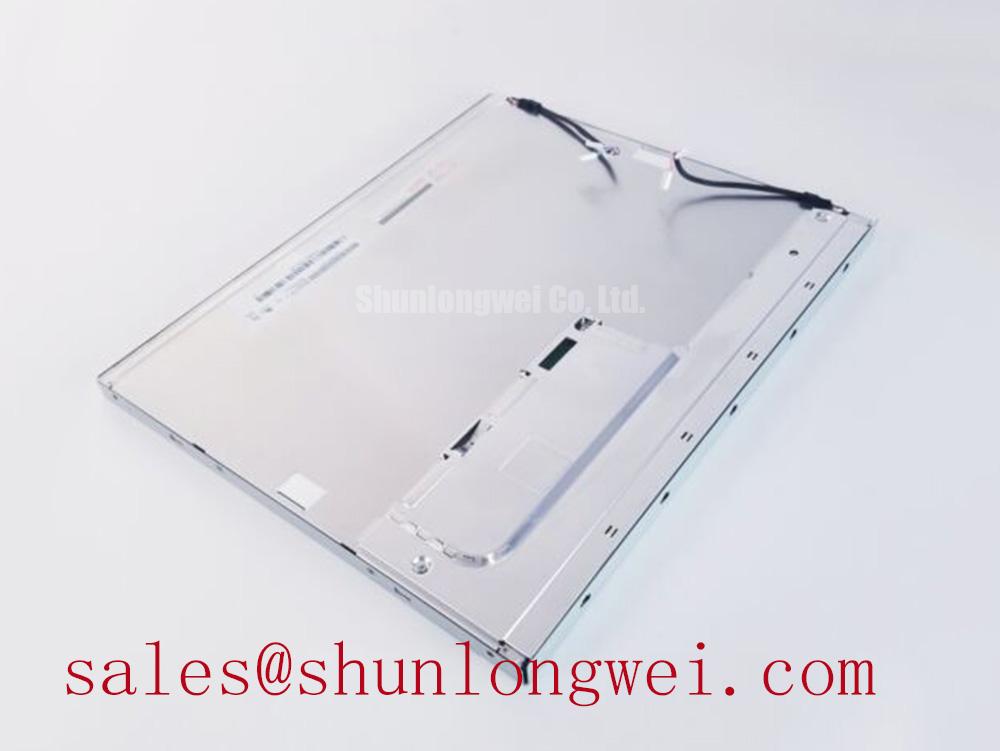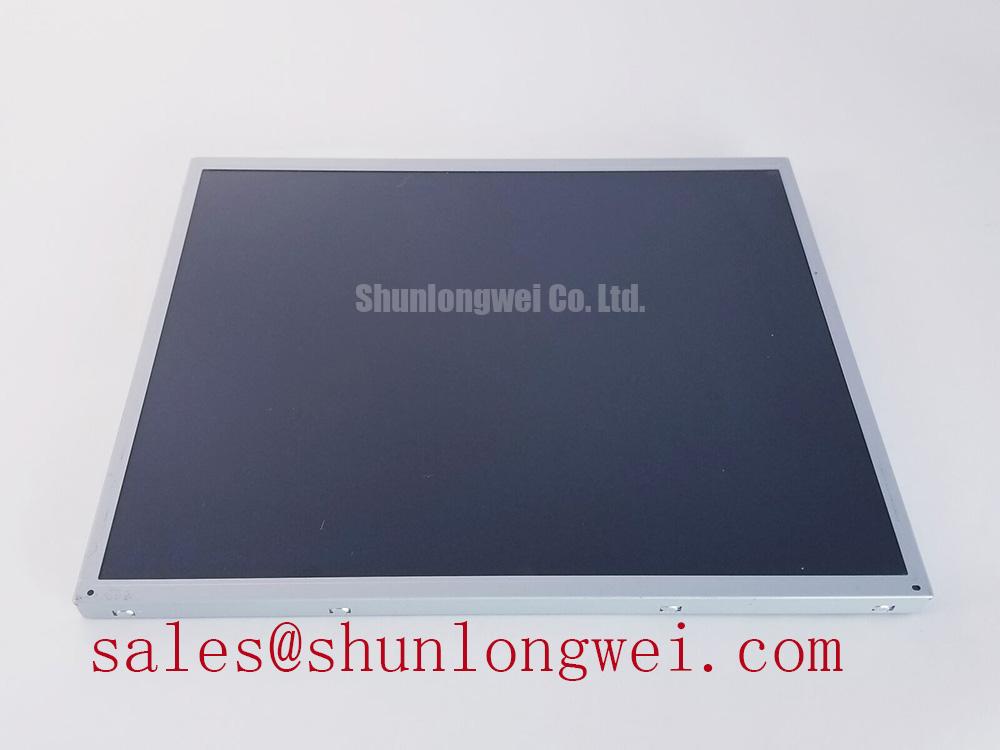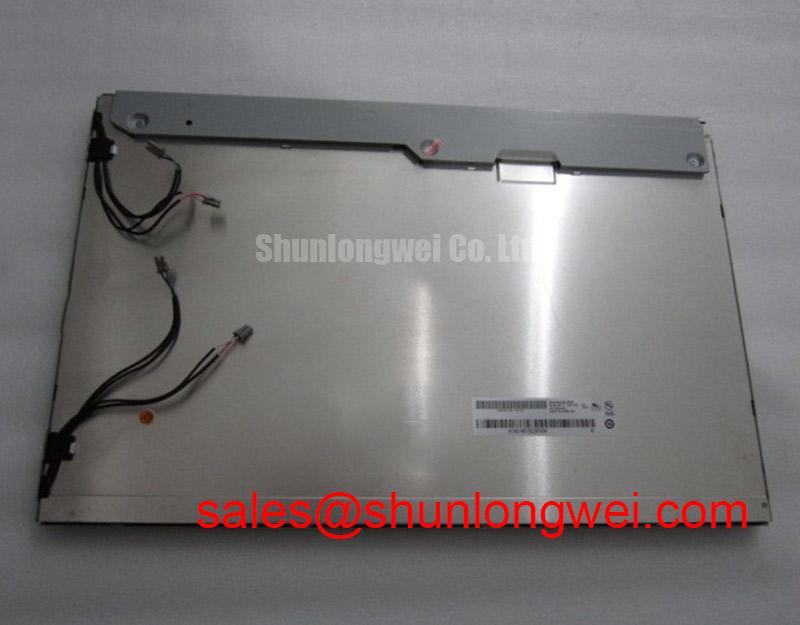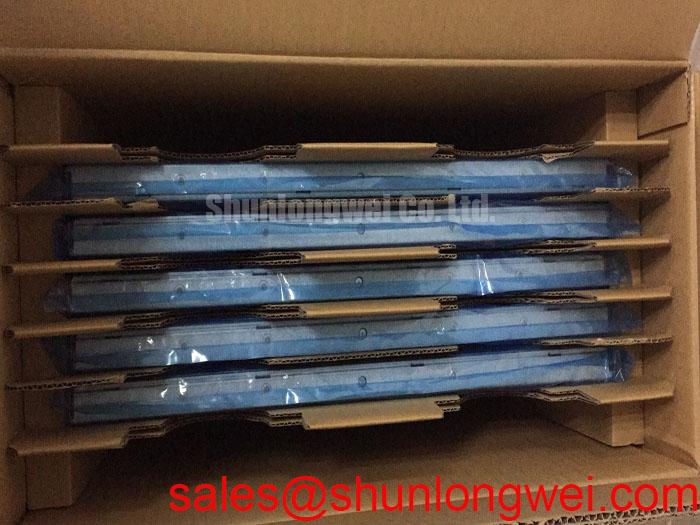Content last revised on November 20, 2025
M170EP01 V2: Technical Product Analysis for Industrial & Medical System Integration
An Engineering-Focused Review of the AUO 17.0" SXGA TFT-LCD Module
Engineered for seamless integration into legacy and specialized systems, the AUO M170EP01 V2 is a 17.0-inch SXGA display that prioritizes compatibility and visual performance. Its core value proposition lies in its classic 5:4 aspect ratio and standard LVDS interface, simplifying the upgrade path for critical equipment. With key specifications of 1280x1024 Resolution | 250 nits Brightness | 700:1 Contrast Ratio, this panel delivers exceptional visual clarity and a simplified design-in process. This module is the optimal choice for upgrading or maintaining industrial HMIs and medical displays originally designed for a 5:4 aspect ratio, effectively eliminating the need for costly software redesign and re-validation.
Application Scenarios & Value
System-Level Benefits in Legacy Equipment Modernization
The M170EP01 V2 is engineered to address a critical challenge for system designers and maintenance engineers: modernizing equipment without overhauling the entire system architecture. Its primary value is in applications where the user interface software is locked to a specific, non-widescreen resolution.
Consider the task of upgrading a fleet of aging process control terminals or CNC machines. Many of these systems run on validated software with graphical interfaces hard-coded for a 1280x1024 resolution. Introducing a modern widescreen display would cause image stretching, distortion, and potential operator errors. The M170EP01 V2 serves as a direct-fit replacement, preserving the integrity of the original HMI. This is analogous to replacing a photograph in a pre-cut mat frame; only a picture with the exact original dimensions will fit correctly. Its native 5:4 aspect ratio ensures that every pixel aligns with the software's output, providing a cost-effective path to extending the operational life of valuable capital equipment.
- Industrial Automation: An ideal panel for Human-Machine Interface (HMI) units, SCADA systems, and industrial controllers requiring detailed process visualization.
- Medical Diagnostics: Suitable for medical imaging stations and patient monitoring systems where precise, undistorted image representation is crucial for accurate diagnosis.
- Point-of-Sale (POS) & Kiosks: Delivers the reliability and form factor required for specialized retail terminals and interactive information kiosks.
While the M170EP01 V2 is optimized for 17-inch applications, systems requiring a larger screen with the same resolution may consider the G190ETN01.4. For applications demanding higher brightness in a more compact 15-inch form factor, the G150XNE-L01 presents a viable alternative.
Key Parameter Overview
Decoding Specifications for System Performance and Integration
The technical specifications of the M170EP01 V2 are tailored for reliability and straightforward implementation in professional environments. The following table highlights key parameters and interprets their direct engineering value.
| Parameter | Value | Engineering Value & Interpretation |
|---|---|---|
| Screen Size | 17.0 inch | Standard industrial size, ensuring mechanical compatibility with many existing enclosures and mounting systems. |
| Resolution | 1280(RGB)×1024, SXGA | Provides a pixel-perfect match for legacy software, preserving UI integrity and eliminating the need for image scaling. |
| Display Technology | a-Si TFT-LCD | A mature and reliable TFT-LCD technology known for its stability and long production life, a key factor for industrial systems. |
| Luminance | 250 cd/m² (Typ.) | Delivers sufficient brightness for clear readability in typical indoor industrial and medical settings with controlled ambient light. |
| Contrast Ratio | 700:1 (Typ.) | Ensures distinct separation between blacks and whites, critical for displaying detailed schematics, text, and grayscale medical images. |
| Viewing Angle | 80/80/60/70 (L/R/U/D) | Offers wide viewing angles, allowing operators to clearly view the screen from off-center positions without significant color shift. |
| Signal Interface | LVDS (2 ch, 8-bit) | A robust, low-EMI interface that simplifies electrical design and allows for longer cable runs compared to older parallel interfaces. |
| Operating Temperature | 0 ~ 50 °C | Suitable for deployment in control rooms, laboratories, and other climate-controlled industrial environments. |
Application Vignette
A Closer Look: Upgrading a CNC Machine Control Panel
This module provides a tangible solution to real-world engineering problems. Let's analyze a specific use case: upgrading the failing CRT displays on a factory's fleet of CNC milling machines.
The Challenge: The original 17-inch CRT monitors are at their end-of-life, causing frequent downtime and high repair costs. The CNC's control software, which is validated for production, has a graphical interface fixed at a 1280x1024 resolution. Migrating to a modern 16:9 widescreen display would require a complete software overhaul and re-validation—a prohibitively expensive and time-consuming process. The goal is a plug-and-play hardware replacement that minimizes both downtime and integration costs.
A Solution with the M170EP01 V2: The M170EP01 V2 is identified as the ideal candidate. Its physical dimensions are comparable to the original CRT's viewing area, and its native SXGA resolution perfectly matches the software output. The integration process is streamlined by its standard dual-channel LVDS interface. LVDS acts like a dedicated, noise-canceling highway for video data, ensuring a clean signal from the machine's existing controller board, which is far more reliable than the older analog signals used for CRTs. The panel's anti-glare surface also reduces reflections from overhead factory lighting, improving operator focus and reducing eye strain during long shifts.
System-Level Outcome: By integrating the M170EP01 V2, the factory extends the productive life of its CNC machines for a fraction of the cost of full replacement. The project avoids any software modification, downtime is reduced to hours instead of weeks, and operator efficiency is enhanced through a brighter, clearer, and more reliable display. This is a prime example of how a carefully selected component can drive significant operational and financial benefits. For more on display selection, explore our guide on Industrial vs. Consumer Displays.
Frequently Asked Questions (FAQ)
Why is the 5:4 aspect ratio of the M170EP01 V2 significant for industrial applications?
The 5:4 aspect ratio is crucial for backward compatibility. Many legacy industrial software applications, especially for process control and monitoring, were designed specifically for this squarer format. Using this panel avoids image distortion and the need for costly software redevelopment, making it a drop-in solution for system upgrades and maintenance.
How does the dual-channel 8-bit LVDS interface benefit system design?
The LVDS (Low-Voltage Differential Signaling) interface offers superior noise immunity and generates lower electromagnetic interference (EMI) compared to older TTL interfaces. This allows for more flexible system layouts with longer cable distances between the display and the controller board without degrading signal quality, simplifying the overall electrical design and improving reliability.
What is the primary benefit of the anti-glare (AG) surface treatment?
The anti-glare surface diffuses ambient light, significantly reducing reflections from overhead lighting or windows. This enhances screen readability, minimizes operator eye strain, and improves accuracy, which is particularly important in environments where critical data must be monitored for extended periods.
Is the 250 nit brightness sufficient for typical industrial environments?
Yes, a brightness of 250 cd/m² is well-suited for indoor applications with controlled lighting, such as factory control rooms, medical laboratories, and retail checkout counters. It provides clear, legible content without being overly bright, which can cause eye fatigue.
What is the typical lifetime of the CCFL backlight and its design implications?
The datasheet specifies a 50,000-hour lifetime for the CCFL backlight, defined as the time to half-brightness. This long operational life is a key metric for industrial components, as it ensures long-term performance and reduces the frequency of maintenance cycles. For new designs, engineers should be aware that CCFL technology often requires a separate inverter, a consideration that is detailed in the panel's documentation from the manufacturer, AUO.
An Engineer's Perspective
The M170EP01 V2 from AUO is a specialized component that solves a persistent engineering problem: the modernization of systems constrained by legacy software. Its value is not in pushing the boundaries of display technology but in providing a stable, reliable, and perfectly compatible solution that protects existing investments. By combining the essential 5:4 aspect ratio with a standard LVDS interface and solid optical performance, this panel enables a straightforward and effective upgrade path for a wide range of critical industrial and medical equipment.

